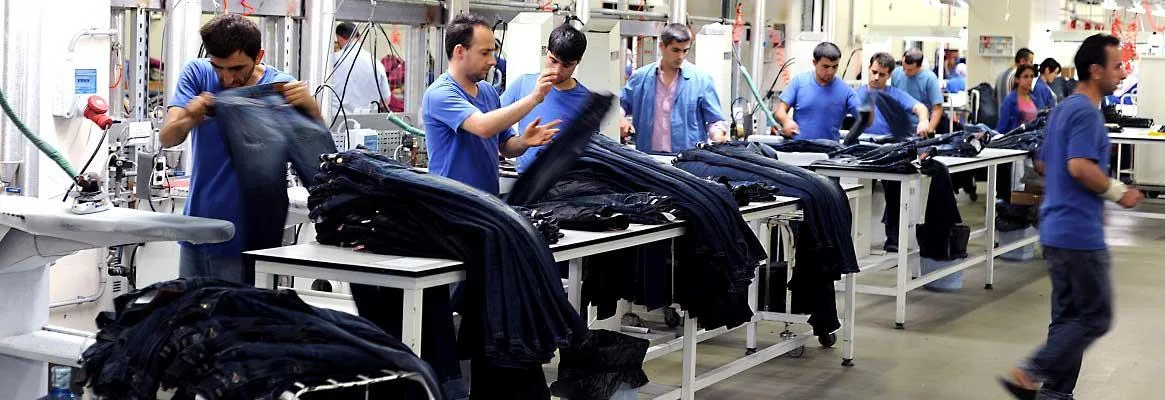The fashion industry is expected to see a rise to 3,141.8 million consumers by 2025 and its revenue is projected to reach $987,065 million in this year 20221.
Sustainable clothing is the buzzword in today’s fashion industry and considering this, many retailers are accountable for their production activities. Sustainable supply chain management related compliance practices are being widely adopted along with the international social accountability standards to mitigate social risks, especially when dealing with multi-tier supply chains.
Under the concept of sustainability, recycled clothing upholds the principle of the “Three R’s of the Environment”: Reduce, Reuse, and Recycle, as well as the “Three Legs of Sustainability”: Economics, Ecology, and Social Equity, according to Wikipedia2.
Did you know about the Rana Plaza incident, where two out of its five factories, killed over 1134 individuals and injured thousands more, as per an audit conducted by independent companies based on the Business Social Compliance Initiative (BSCI)?
Another tragic report about a fire incident in a Pakistani garment factory that killed around 300 individuals due to locked emergency exits and blocked windows.
The light of these incidents brought awareness of adhering to social sustainability standards in the garment industry.
What are the major sustainable supply chain management actions for a fashion factory?
– Compliance
This will make sure that your brand is in adherence to legal and social obligations, including work conditions, garment quality, environmental impacts, and human rights.
– Supplier development
This is a measure taken to improve social and economic performance within your supply chain.
– Communication practices
This action will help you understand the communication process including corporate website to e-commerce and enhance communication practices related to sustainability, which is now a need of the fashion industry.
What are the important compliances used in the apparel industry?
The apparel industry retailers will require compliance of the below from their upstream supply chain partners:
– BSCI
An abbreviation of Business Social Compliance Initiative, BSCI provides the apparel industry with social auditing methodology and reporting will suggest the common code of conduct for multi supply chain performance. BSCI now known as amfori BSCI is helping the fashion industry to trade with a purpose while improving social performance in their supply chain.
– SA8000
Clothing industry manufacturers that meet all BSCI requirements can apply for SA8000 social management certification developed by Social Accountability International. The SA8000 certification that is based on international standards to improve social sustainability standards for workers and the company. The elements considered for SA8000 standard is child labour, forced or compulsory labour, health and safety, freedom of association & right to collective bargaining, discrimination, disciplinary practices, working hours, remuneration and management system.3
– WRAP
Another important certification, Worldwide Responsible Accredited Production (WRAP) showcases individuals’ proof of social compliance in the apparel industry.
The BSCI and WRAP are business-driven initiatives, initiated by industry associations, while SA8000 is a multi-stakeholder initiated. WRAP and the SA8000 involve systems accreditation, while BSCI suggest a common code of conduct.
The sustainable future of the modern fashion industry
Sustainable fashion is no more an option, however, is the need of consumers from fashion brands. Organic, Green Fair-trade, Slow and Eco are the other terms for sustainable fashion across the globe. The future of the fashion industry will focus more on eco-friendly resources that include sustainably grown fibre crops or even recycle materials.

